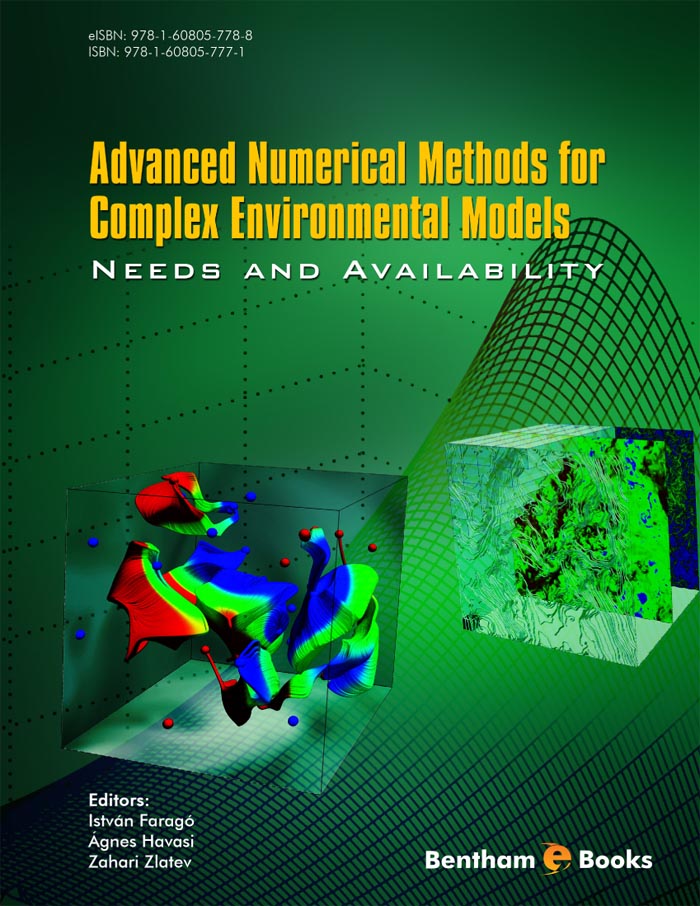Part C: Treatment of the Chemical Reactions in an Air Pollution Model

- Authors: István Faragó1, Ágnes Havasi2, Zahari Zlatev3
-
View Affiliations Hide Affiliations1 Department of Applied Analysis and Computational Mathematics and HAS, ELTE Research Group “Numerical Analysis and Large Networks” Eötvös Loránd University, Pázmány P. s. 1/C, H-1117, Budapest, Hungary 2 Department of Applied Analysis and Computational Mathematics and HAS, ELTE Research Group “Numerical Analysis and Large Networks” Eötvös Loránd University, Pázmány P. s. 1/C, H-1117, Budapest, Hungary 3 Department of Environmental Science, Aarhus University, Roskilde, Denmarkk
- Source: Advanced Numerical Methods for Complex Environmental Models: Needs and Availability , pp 53-78
- Publication Date: December 2013
- Language: English
Part C: Treatment of the Chemical Reactions in an Air Pollution Model, Page 1 of 1
< Previous page | Next page > /docserver/preview/fulltext/9781608057788/chapter-3-1.gif
The mathematical terms describing the chemical reactions introduce nonlinearity in the systems of partial differential equations (PDEs), by which most of the large-scale air pollution models are described. The numerical treatment of these nonlinear terms causes normally great difficulties. Several algorithms for handling the chemical part of a particular air pollution model, the Unified Danish Eulerian Model (UNI-DEM), are described and discussed. The ideas used in the development of these methods are rather general and can also be applied in connection with other air pollution models as well as in the numerical treatment of some systems of PDEs that arise in other areas of science and engineering.
-
From This Site
/content/books/9781608057788.chapter-3dcterms_subject,pub_keyword-contentType:Journal -contentType:Figure -contentType:Table -contentType:SupplementaryData105

